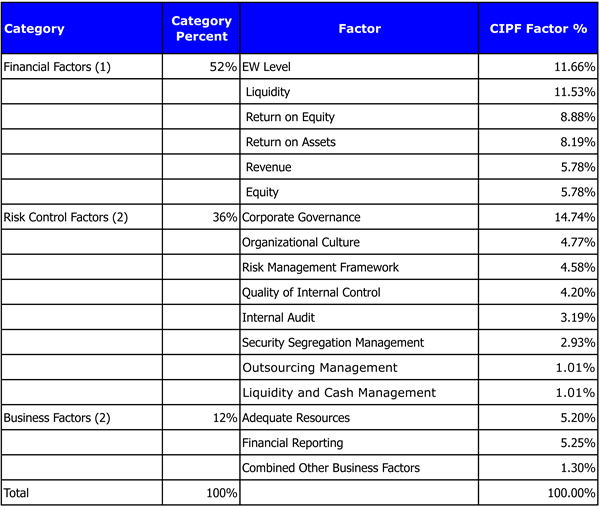Canadian Investor Protection Fund
Policies and Guidelines
CIPF Assessment Policy
As of January 1, 2023 and amended April 1, 2024
As of January 1, 2023 and amended June 11, 2024
CIPF Assessment Appeal Procedures
As of January 1, 2023 and amended April 1, 2024
As of January 1, 2023 and amended August 25, 2023
As of January 1, 2023 and amended August 25, 2023


